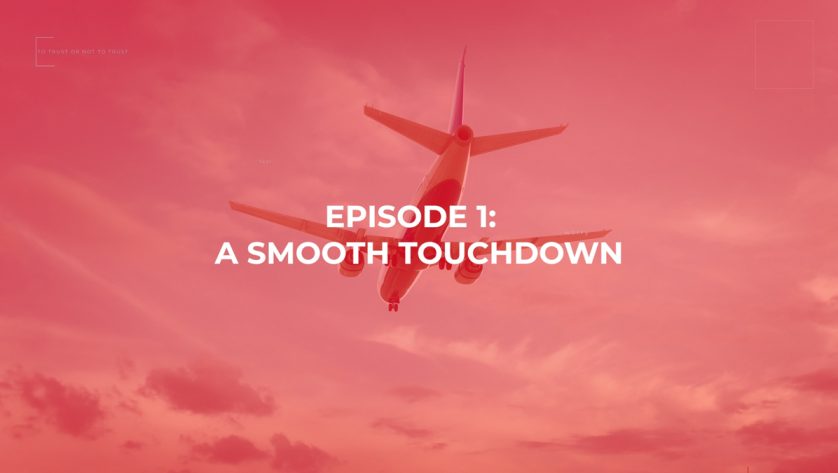Aisha sits in front of a drab green tent in a camp set up for migrants near the Costa Rican border with Nicaragua. It is the rainy season, just as it would be 9,200 kilometers away in Aisha’s home in West Africa. Her journey has been full of tragedy, even before the moment two-years ago, when she decided out of sheer panic to flee her country. She’s passed through Brazil, Peru, Ecuador, Colombia, Panama and now here to this little outpost.
Smugglers, drug traffickers, seemingly impassible jungles – the journey would be hard enough under normal circumstances. Add to that the coronavirus. Migrants like Aisha travel through some of the countries hardest hit by the pandemic – Colombia, Brazil, Panama and Mexico among others – in order to reach the US, which has the highest number of Covid-19 cases in the world.
But the biggest impact of Covid-19 on the lives of migrants has been their ability to move at all. They can no longer transit through government checkpoints. In critical passage areas, migrants are told to stay put until the crisis passes. In Panama, they generally congregate informally in small towns, while in Costa Rica, they often live in government provided temporary shelters where groups such as the Red Cross provide services. Those who choose to avoid official checkpoints and shelters run the risk of even more abuse.
In places like these, the Red Cross and other humanitarian organizations make an effort to keep people in the present. There are multiple activities: volleyball, football, calls to home, as well as critical services such as food and hygiene kits, psychological support and health and hygiene promotion.
In the absence of movement, memory takes over. Aisha thinks of home. It is the place where, until only a month or so before she fled, she had no plans beyond her work as a sociologist, her relationship with her husband in the military and raising her daughter. Now she is so afraid of what might happen to her if she returns to her country, she asks that her real name not be revealed.
 Red Cross Red Crescent magazine
Red Cross Red Crescent magazine 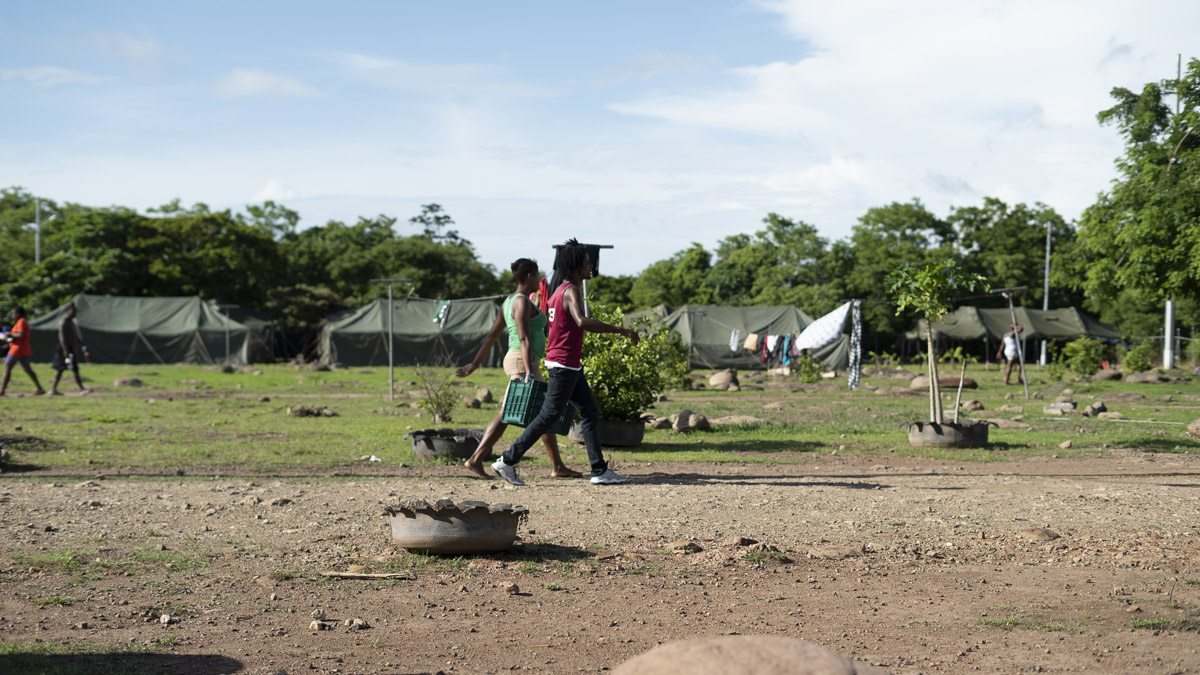
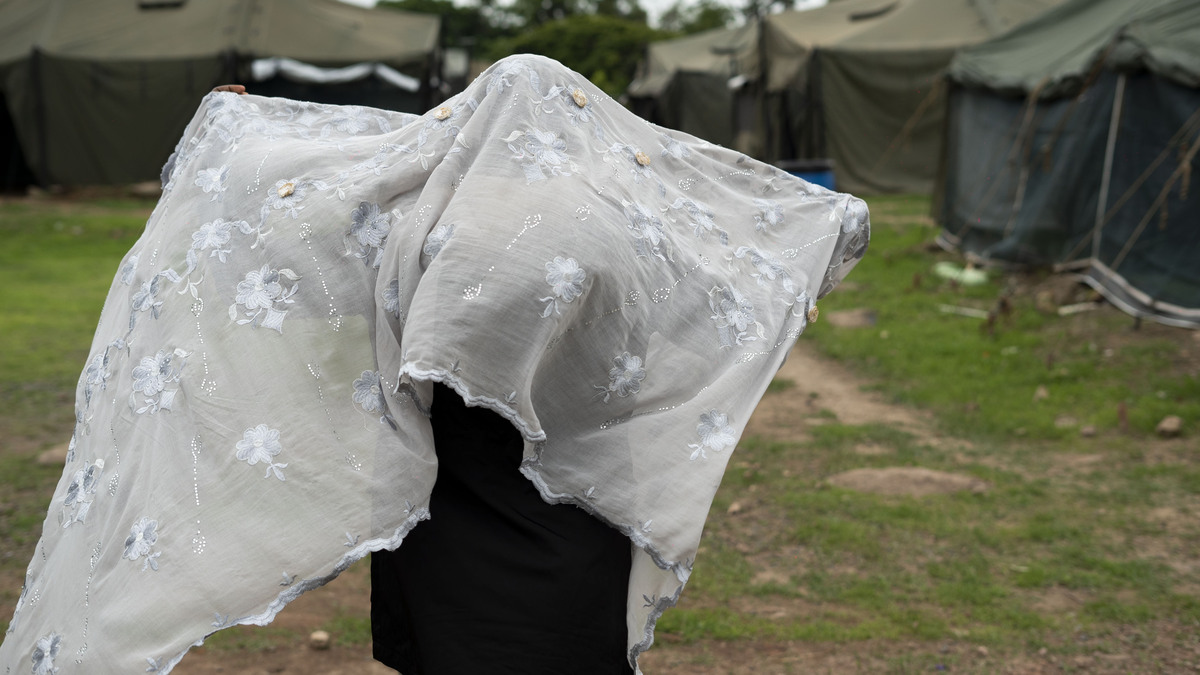
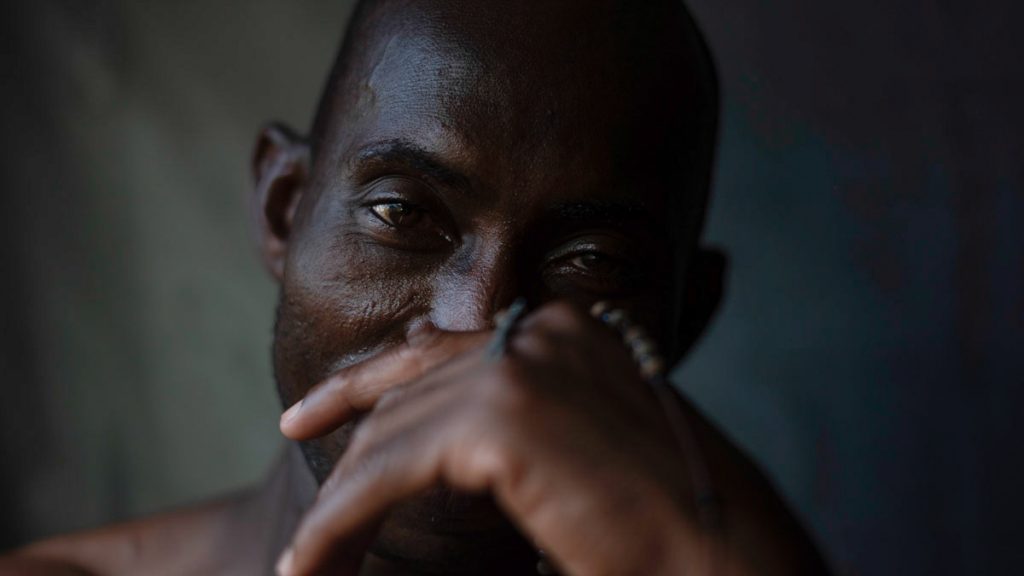
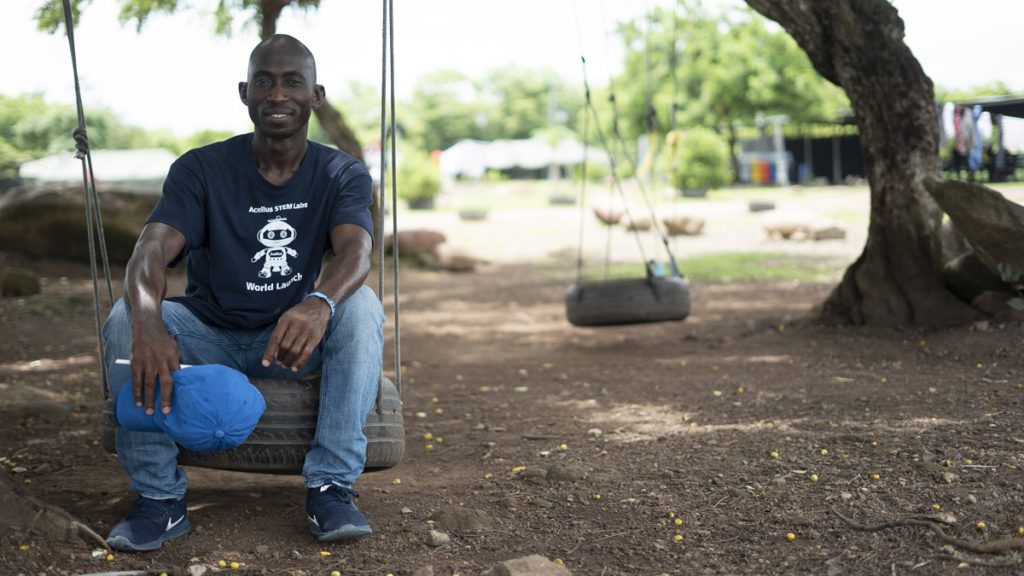

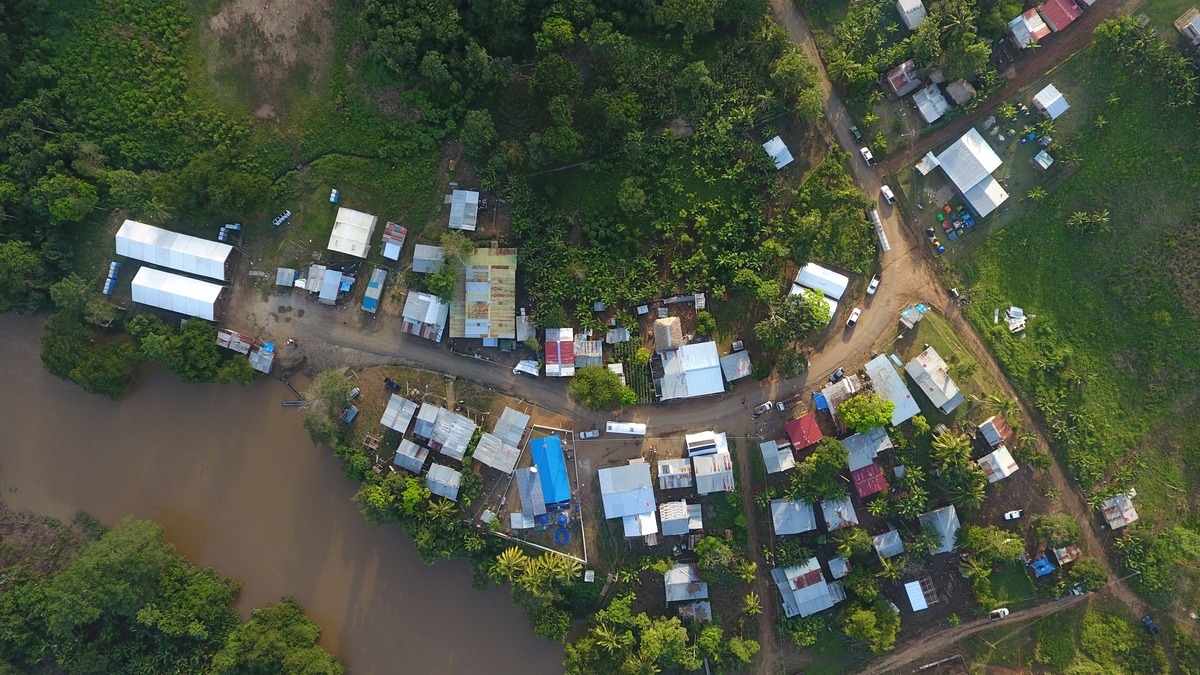
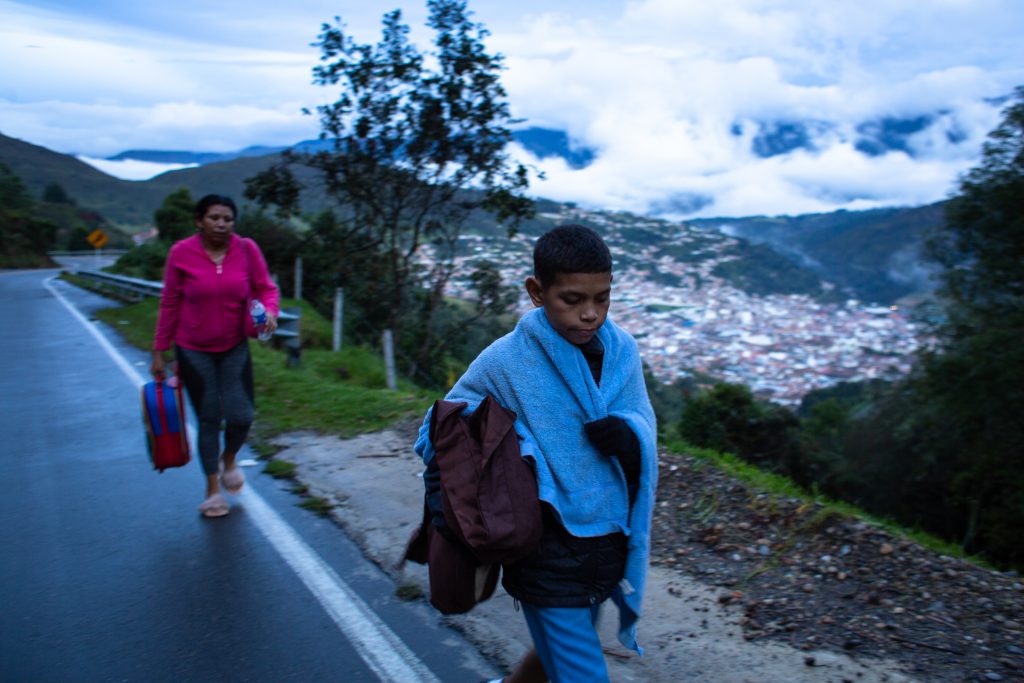
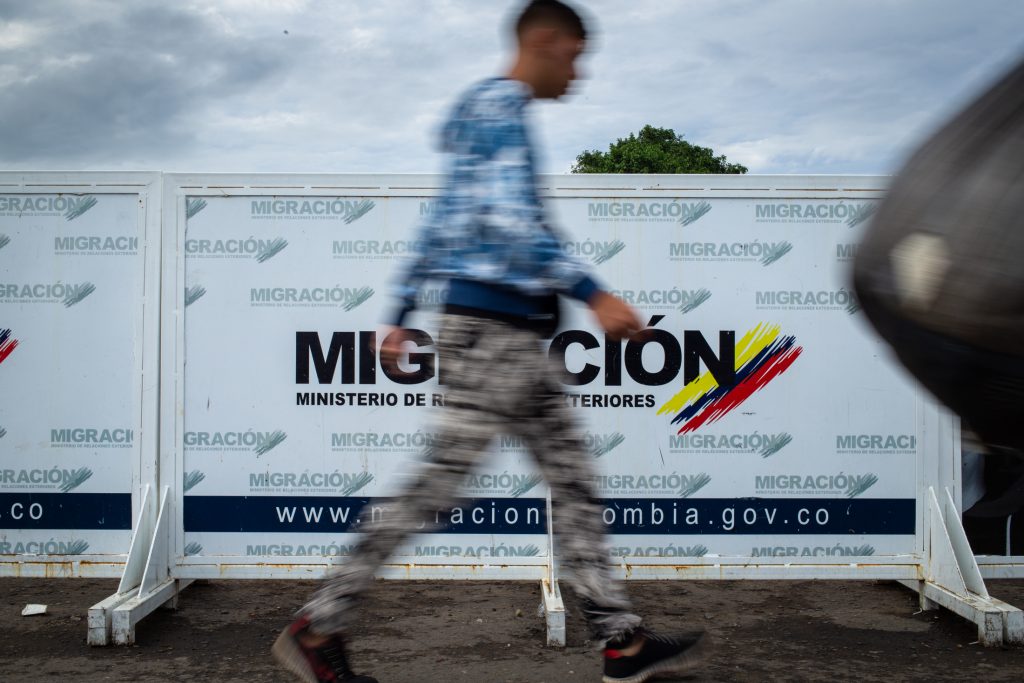
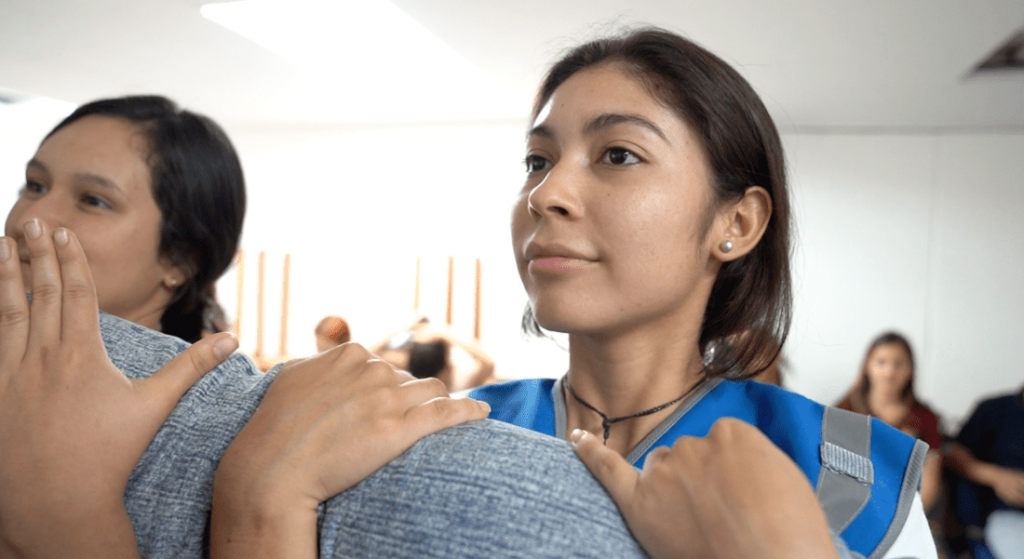






 Tech & Innovation
Tech & Innovation Climate Change
Climate Change Volunteers
Volunteers Health
Health Migration
Migration